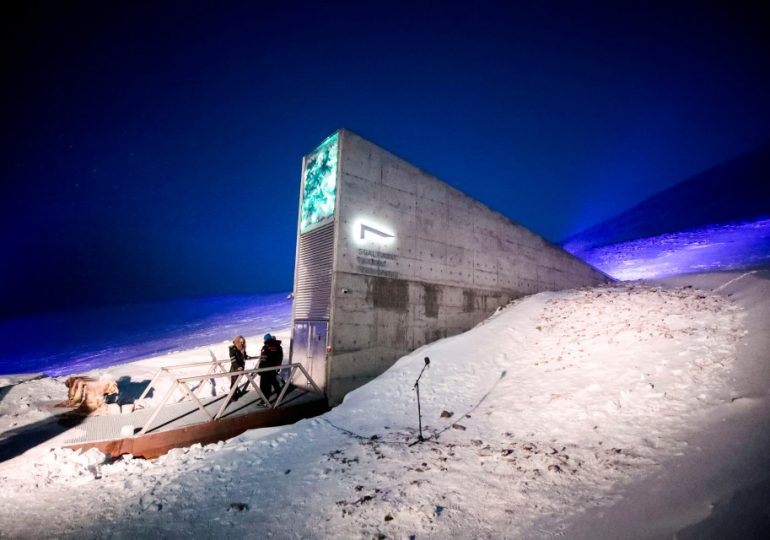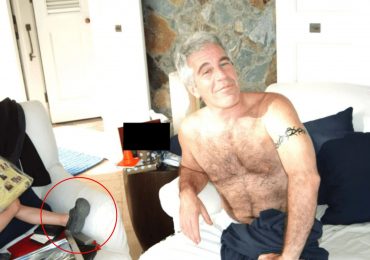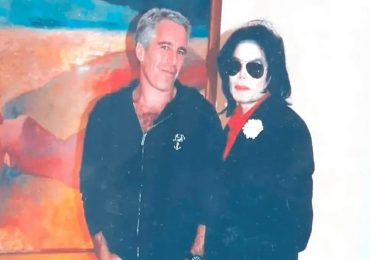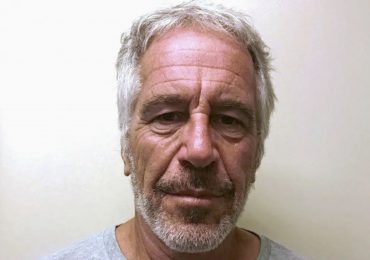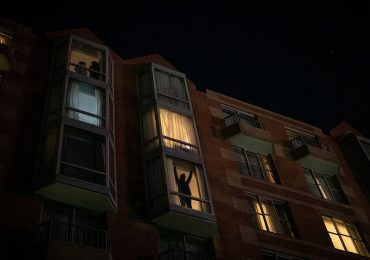A SECLUDED island nestled in the Arctic Ocean is the home to a dangerous apex predator and a “Doomsday” vault.
Boasting sparkling blue ice caves, stunning glaciers and even a warm spring, Spitsbergen has a dark past.
The island is known for its Doomsday Vault – able to hold seeds from around the world in case of a global crisis
GettyThe island is considered one of the safest places on Earth[/caption]
GettyThe island was often used for whaling exhibitions[/caption]
GettySpitsbergen is known for its sparkling ice caves[/caption]
The icy island is Norway’s biggest island is 410 miles away from the mainland.
The snow-covered island was once used as a hunting ground, not only for Vikings but for other European nations who used it to expand their trade opportunities, as well as polar bears.
The island is known for its large apex predator population, as well as being home to several seabirds, arctic foxes, reindeer and marine mammals.
Polar bears are the iconic symbol of Spitsbergen and one of the main tourist attractions.
Anyone going outside of the main settlements is required to carry a gun in case they need to kill a polar bear in self-defence.
The cold climate also makes Spitsbergen the perfect place for a “Doomsday” vault.
Located in Longyearbyen, the island’s capital, is the Svalbard Global Seed Vault.
The vault holds the seeds of the world’s food plants in the event of a global food crisis.
The vault construction began in June 2006, and the vault was ceremonially opened with its first consignment of seeds in February 2008.
According to Britannica, the vault stores seeds in a controlled environment and has the potential to house some 4.5 million seed samples.
Individual countries and seed banks provide the seed samples to be preserved, usually duplicates of seeds already in use or in storage by those entities.
In September 2015 the Syrian Civil War prompted the first withdrawal of seeds from the vault.
According to ae expeditions, Spitsbergen was once a hub for Arctic whaling, commencing with Dutch whalers in 1612 and the British joining shortly after.
The island remained a source of riches for fishery and whaling vessels from many nations.
However, the Svalbard Treaty of 1920 put an end to the island’s whaling practices, shifting it from a place of plundering to a place of protection.
It was also demilitarised after the First World War.
During World War II, the island dwellers were left relatively alone and continued to mine coal and monitor the weather.
However, a coal mine on the island had several fatal accidents, killing 71 people while it was in operation from 1945 to 1954 and from 1960 to 1963.
On 29 August 1996, Vnukovo Airlines Flight 2801 crashed on the island, killing all 141 people on board.
Isolated from the mainland, and with a small population of 2,504, Spitsbergen is considered one of the safest places on Earth, with virtually no crime.
Its capital Longyearbyen features a hospital, a primary school and a high school, a university, a swimming pool, a cinema, a public transport system, and several museums.
GettyThe Global Seed Vault near Longyearbyen hold the world’s seeds in case of a crisis[/caption]
GettySpitsbergen Island is known for its polar bear population[/caption]
GettyIt is Norway’s largest island[/caption]
Leave a comment
